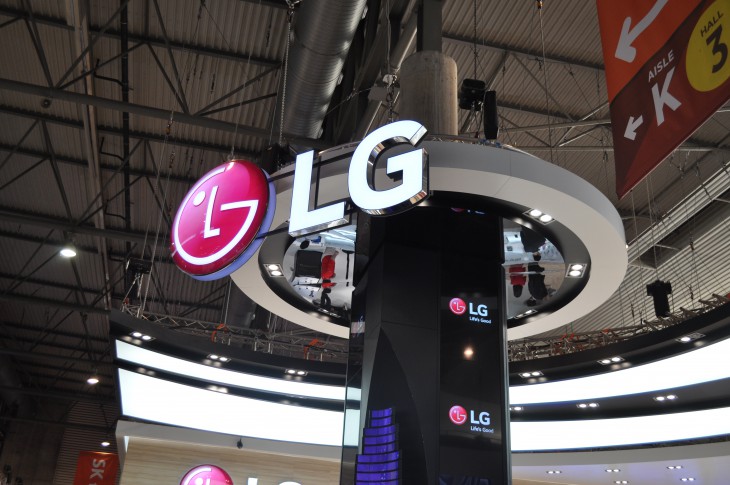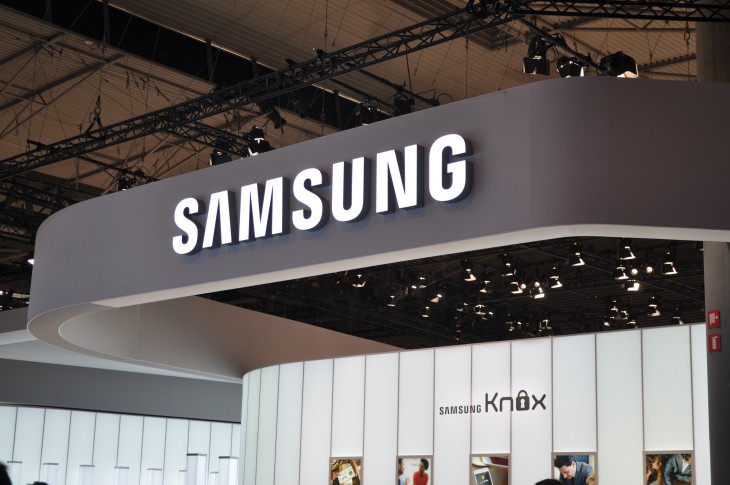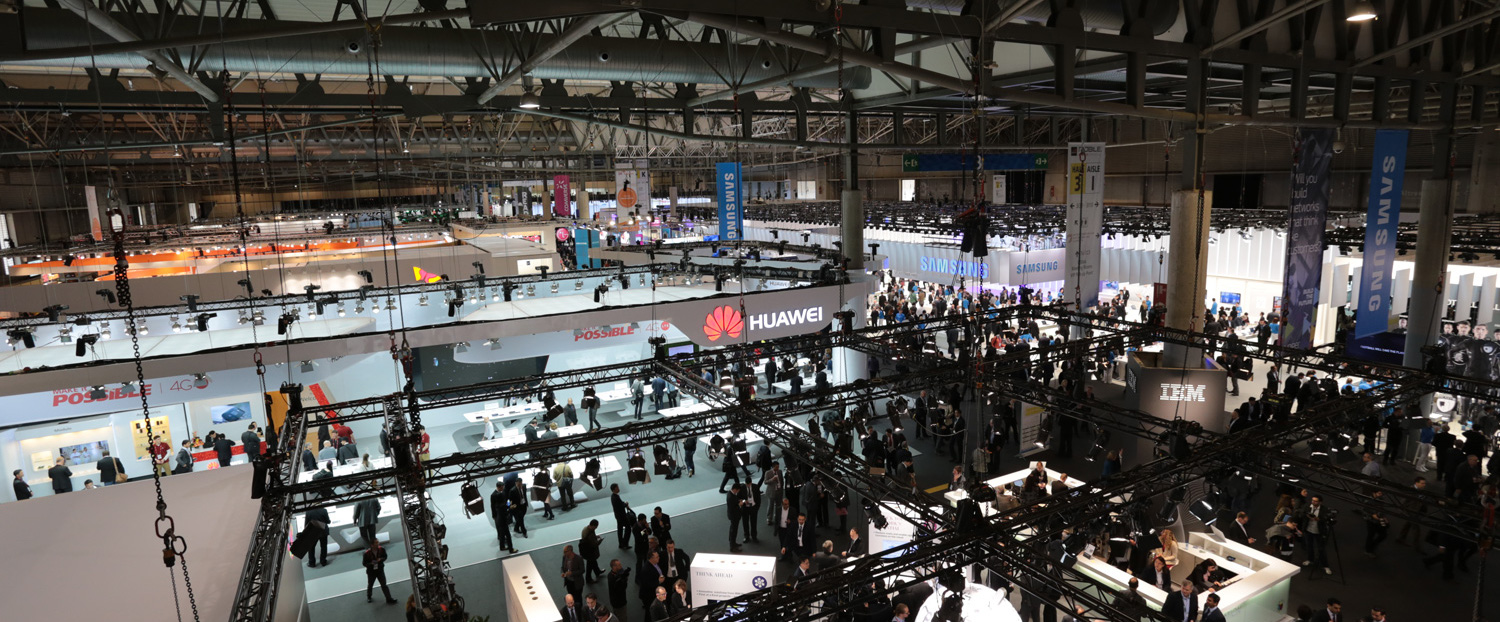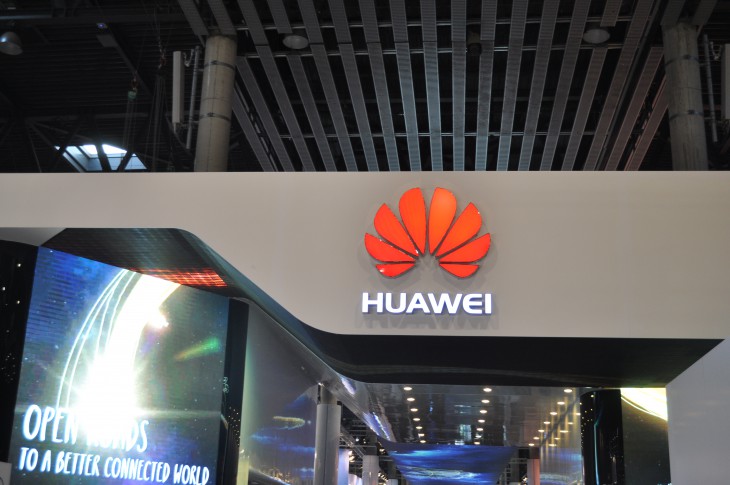
We’ve reflected on the best of 2015, and we’ve looked at what lies ahead for Android generally; what needs to happen in the ecosystem, and what needs to be fixed. However, looking at the makers of our favourite phones, we have some specific advice we’d like to offer to our industry partners on how they can do even better in 2016. We know, of course, that some of this is too late — we’d be insane to believe that the major phone manufacturers haven’t already started work on their 2016 offerings — but it’s nice to dream, anyway. Of course, as we work with these guys throughout the year we offer advice and thoughts, but here’s the opportunity to wrap them up nicely.
HTC
HTC have enjoyed a measured success in the last few years. After a couple of years making phones that really didn’t quite hit the mark, HTC doubled down and focused on one major release each year, and in the HTC One line, they found the success they were looking for. The phones were popular, well designed, and extremely usable. In fact, I used HTC Ones for quite some time in 2013 and 2014.
In 2015, less so. I really wasn’t taken with the HTC One M9, and though Daniel clearly was, I felt it kind of missed the mark. It was over engineered, over designed. A phone is — social commentary aside — a fast-moving consumer good, and they aren’t designed to be life-long possessions. Taking the jewellers touch to the HTC One M9 was probably not a wise investment, and while it looks nice, I found the design a bit over the top, to the point of being a bit uncomfortable to actually hold and use.
Putting the physical aspects aside, the software inside HTC’s One M9 is quite good and remains fairly well updated at the time of writing, though it hasn’t – yet – seen Android 6.0 Marshmallow in Australia.
So, some advice for HTC:
- 2016’s HTC flagship needs to return to HTC’s roots — great industrial design without being over done, paired with a strong camera and strong battery. In fact, this advice holds for just about everyone.
- Bring some of the mid-range phones to Australia in a more timely manner — HTC’s One A9 is an exciting prospect, but as yet there’s no word on whether it’ll come to Australia. We’d like it to.
- HTC Sense is getting a bit dated. It needs a really significant improvement to bring it into Google’s Material Design language, and if it can’t innovate, it needs to be relegated. Manufacturer skins can be great, but if they’re left to fester, they can really detract from an otherwise great experience.
Huawei
Huawei are doing amazing things at the moment, and there’s not too much they need to change for the year ahead to enjoy continued success. Their own-branded devices have come ahead in leaps and abounds, and our fawning over the Huawei P8 and their other hardware is well deserved. With the Nexus 6P, they hit it out of the park, and really made a push into the hearts and minds of Android users world wide.
In planning for 2016, here’s some things that Huawei should pay attention to:
- Capitalise on the success thus far. Work towards doing another Nexus phone in 2016. bring some of the learnings from the Nexus program back to your own-branded devices; clean, fast Android, great technology and hardware, etc.
- As OEM skins go, Huawei’s Emotion UI really isn’t appealing to the western markets — we know it has been designed with Huawei’s home market in mind, and while expats will appreciate that familiar mobile motif, users in Australia, Europe and the US appreciate a different kind of mobile experience — it’s time to take the learnings from Nexus and stock Android and bring some of that back to the in-house devices.
LG

Readers have cottoned on to the fact that I’m rather fond of LG, and many of our editorial team are for good reason — they’ve made great products for quite some time now, including three great Nexus handsets, and their own LG G4 was a stellar phone in 2015, shining brightly amongst a bright background.
However, there’s things that LG can improve on in 2016 to win more of the audience share, and we’d love to see them do it.
- We need to see your phones earlier in the year. There’s something to be said for launching separately to everyone else, because you get the focus of attention, but launching two months after other flagships at MWC means that people have had the opportunity to evaluate the competition early, and throw their money somewhere else. We’d like to see 2016’s flagship in March or April, instead of April/May/June.
- LG’s OEM skin is pretty good, but it does need some freshening up; if anything let down the G4, it was that the stock software was a bit … garish, if we’re honest. We love what LG did with their camera software, and with others, but the stock skin is a bit too much. It needs to get a bit closer to Material Design, and lose the hard edges; everyone else is working on rounded edges, and though LG’s iconography is really good, the hard edges are a bit too harsh.
- Keep the focus on great cameras and batteries, and even another leather backed phone. Please don’t get rid of MicroSD cards though; Marshmallow makes these so much more useful and it’d be a shame to lose the inclusion.
Motorola
Motorola. What can we say that hasn’t been already? You are capable of making such incredible phones that are wildly in demand, but the inability to bring them to market in a timely manner just kills demand. The experiment with Vodafone exclusivity is an interesting one, but we would suggest that it not be repeated in 2016; the Moto X Style was so widely anticipated and in demand, and yet the only way to get one was through Vodafone and signing up to a new contract. This just isn’t ideal.
We’d love to see a new Moto G, and an even better Moto X range, but most importantly, we’d like to see them in Australia in a timely manner, in an open and widely affordable manner, and at a killer price. Nail those three things, and Motorola can clean up in 2016.
Samsung

Samsung got a lot right this year, reducing the incredible number of handsets being released and instead focusing on a smaller number of higher quality models; Samsung’s Galaxy S6 and S6 Edge set the pace, and with the S6 Edge+ and Note 5 in September, Samsung cemented their reputation for making truly desirable, high quality phones.
There really isn’t much that we think Samsung necessarily got wrong in 2015; the new design for the top-shelf Galaxy line has been very popular with users and reviewers alike, and sticking with that formula for 2016 could well work, so long as the internals are improved.
One thing Samsung absolutely must get right in 2016 is timely software updates, and battery life. The Galaxy S6 was an incredible disappointment in terms of battery life, though the S6 Edge+ and Note 5 redeemed the brand a bit in this regard. However, we need to see the flagship phones with a full day’s battery life — six to eight hours isn’t enough; it has to be 14 to 16 hours, so users can have confidence of their phone lasting the day.
Sony

If Samsung got a lot right, Sony didn’t quite get as much. Instead of iterating each six months, which started to irk some users, the Xperia Z5 range came out a good twelve months after the Xperia Z3, and it marked a return to a more sensible release schedule.
However, some of the things which buoyed the Xperia Z3 and made it a true contender were lost in the 2015 Xperia Z5 line; killer battery life, brilliant camera and software were out, replaced with not quite good enough battery life, strong camera with shoddy camera software, and it left the package just feeling a bit tired.
I know, these are harsh words, and they are only so because Sony has for so long set a true benchmark in terms of mobile phone quality, and I don’t think the Xperia Z5 line stood up to it. The design of the hardware was exquisite, but the camera software just destroyed the experience. That, paired with the use of the Snapdragon 810 — a power hungry, happy to overheat chipset — led to a lacklustre performance; a phone that got too hot, struggled to keep snappy camera speed, and just wasn’t quite right.
More recent software updates have addressed the camera performance, though the heat issue remains from time to time (though it isn’t excessive). Battery life still isn’t — in my view — as good as the Xperia Z3, and it’s something Sony needs to re-examine and fix in 2016.
Overall recommendations
Battery life is key. Don’t scrimp on battery capacity just to achieve a certain phone thickness; users will respect a decent battery life far more than they will a thin phone that lasts five minutes.
If you’re going to throw in a good quality camera — and you should — make sure that the software is well designed, make sure that the shutter lag is basically non existent, and that the time between the phone being asleep with screen locked through to being capable of capturing the first photo is as short as possible. Samsung and LG have made great inroads here, and others have fallen a little behind.
Keep software updated. We know that it takes time to release a major update once Google releases the source code, but 90 days seems to be a good fit. Commit to releasing updates within a certain timeframe; HTC committed to a 90 day window for their flagships, and we’d like to see others do the same.
Release fewer, higher quality handsets rather than flooding the market with slight variants on a theme. Most manufacturers have picked up on this, but it needs to be remembered; we’d rather see three or four high quality Samsung handsets instead of a dozen handsets that’ll never see software updates, and that no one would be advised to buy.
If you’re about to release a phone, please be sure to send Ausdroid and other news outlets embargoed information about your release. It’s so much easier for us to write things up when we’ve had a pre-briefing, rather than scrambling to do it once the information is already public. It’s all about respect. Like any other reputable news outlet, we respect embargoed information, so please help us help you.
Last but not least, make awesome hardware, release it as soon as you can after announcement, and price it fairly. Your customers will love you.







I’d like to add this to the Motorola advice column:
Your devices use a 99% stock version of Android. Speed up the sending out of updates (you hardly have to do any work to adapt it to work on your devices), and make some sort of statement/guarantee as to how long you will keep your device ranges up to date (in terms of software). Something like; “The budget Moto E range will be updated for 12 months from release, Moto G and X ranges for 24 months”
Will you guys just stop it with your customized versions of Android. No one has ever bought your phones because of your “improvements”. At best they don’t affect your roll out of new Android releases, at worst they slow the rollout as your programmers are builysy rewrite your naff features for the new version. Just give us AOSP FFS.
I think people’s usage of their phones effect their battery life a lot. Eg people leave wifi and blutooth on when they don’t need it.
Every phone I’ve used has had satisfactory battery life, even the Nexus 5 which everyone complains about.
I 100% agree. Turn off all the software/hardware features you don’t need and most people will have good battery life.
Turn off all the stuff that makes your smartphone a smartphone and you’ll have almost the battery life of a dumb phone.
Exactly, you don’t want to spend hundreds of dollars on a phone, sometimes over a grand! then being worried about having features turned on, putting up with dull brightness levels etc for the sake of your expensive phone lasting a full day.
Manufacturers need to stop this obsession with making phones thinner and concentrate on improving battery life. Is there some kind of research that points to customers being more likely to buy a thinner phone? Why does it keep happening?
Nice reading comprehension.
Agree with most of what you have said. For me I wish HTC would get rid of sense completely. Also i would love to see the volume rocker return to the side of the LG G5.